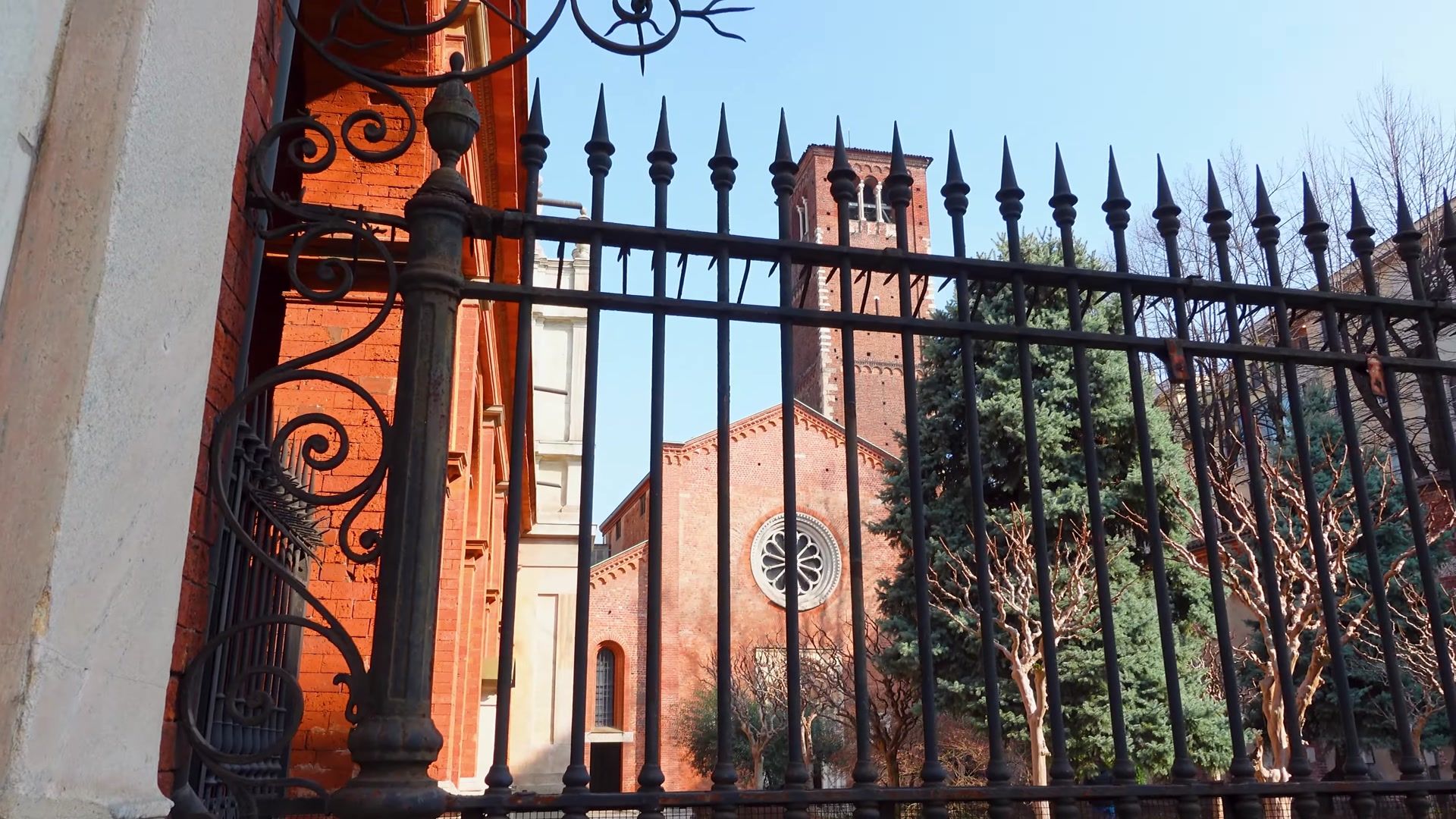
Hello friends. I’d like to share with you a brief walk I took. In the heart of modern Milan, amidst the noise of trams, cars and hurried people, there is a courtyard that can transport you several centuries back in time: Saint Celsus Church. In this small square, you can touch different layers of Milan’s 2000-year-old history, the real details of every era and the myths surrounding them.
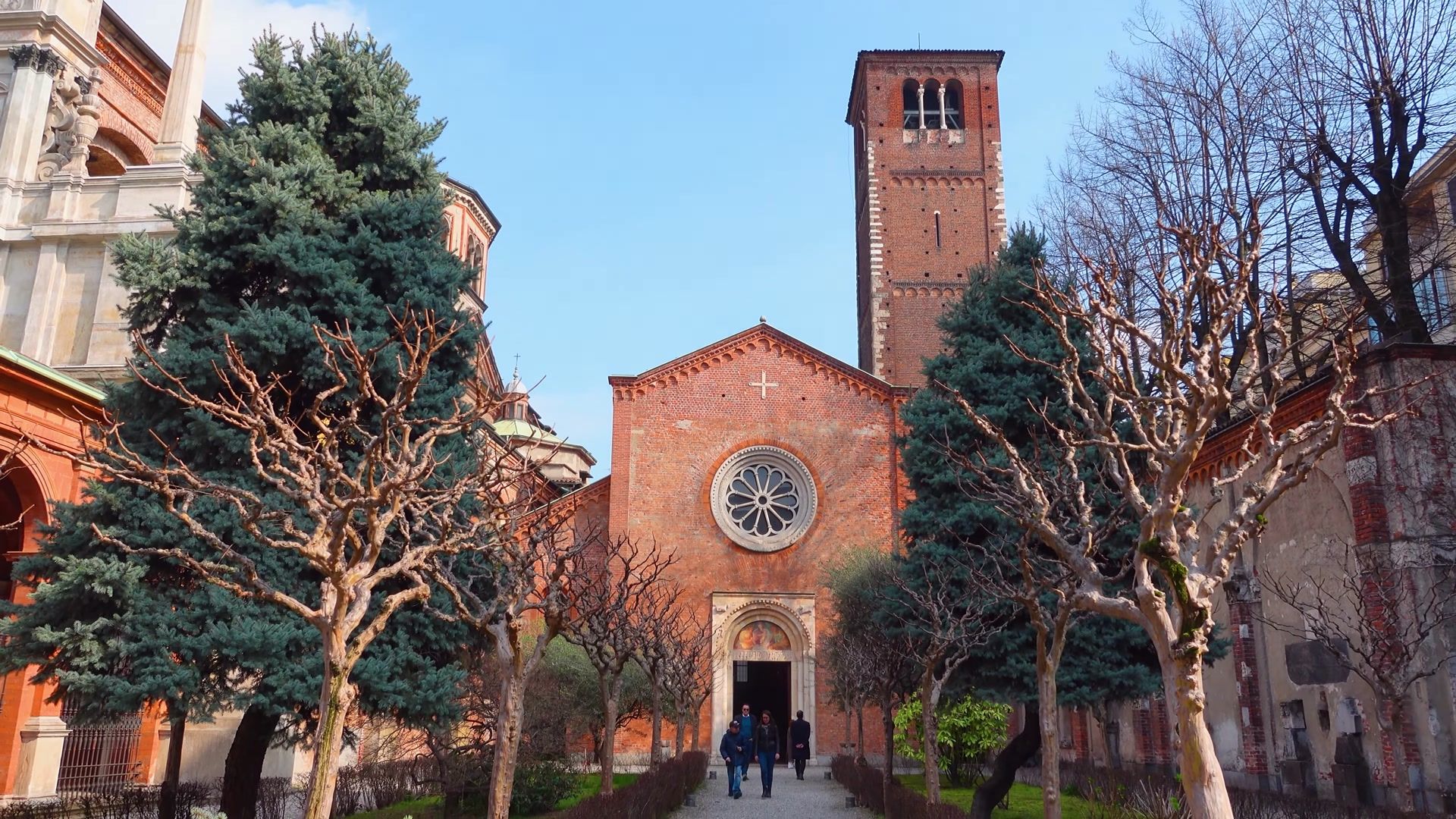
In the 4th century ad, although Christianity had spread enough, its dominance in these lands was still unstable. It was during this time that Ambrose, the bishop, preacher, theologian and poet of Milan, lived here. Ambrose had great authority and throughout his life, he was loved and respected by the people of Milan, which was then known as Mediolanum and later became the city's patron saint.
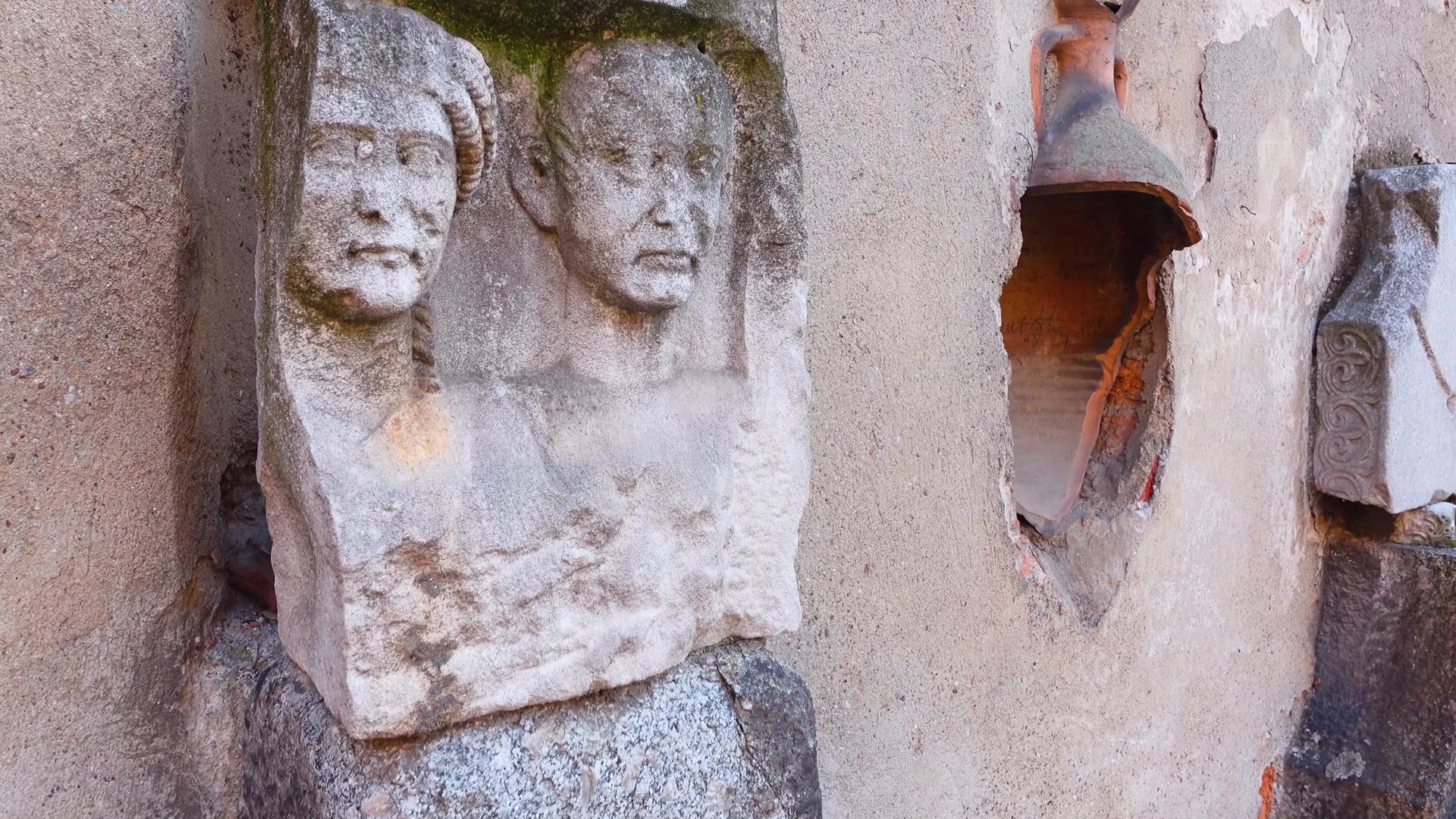
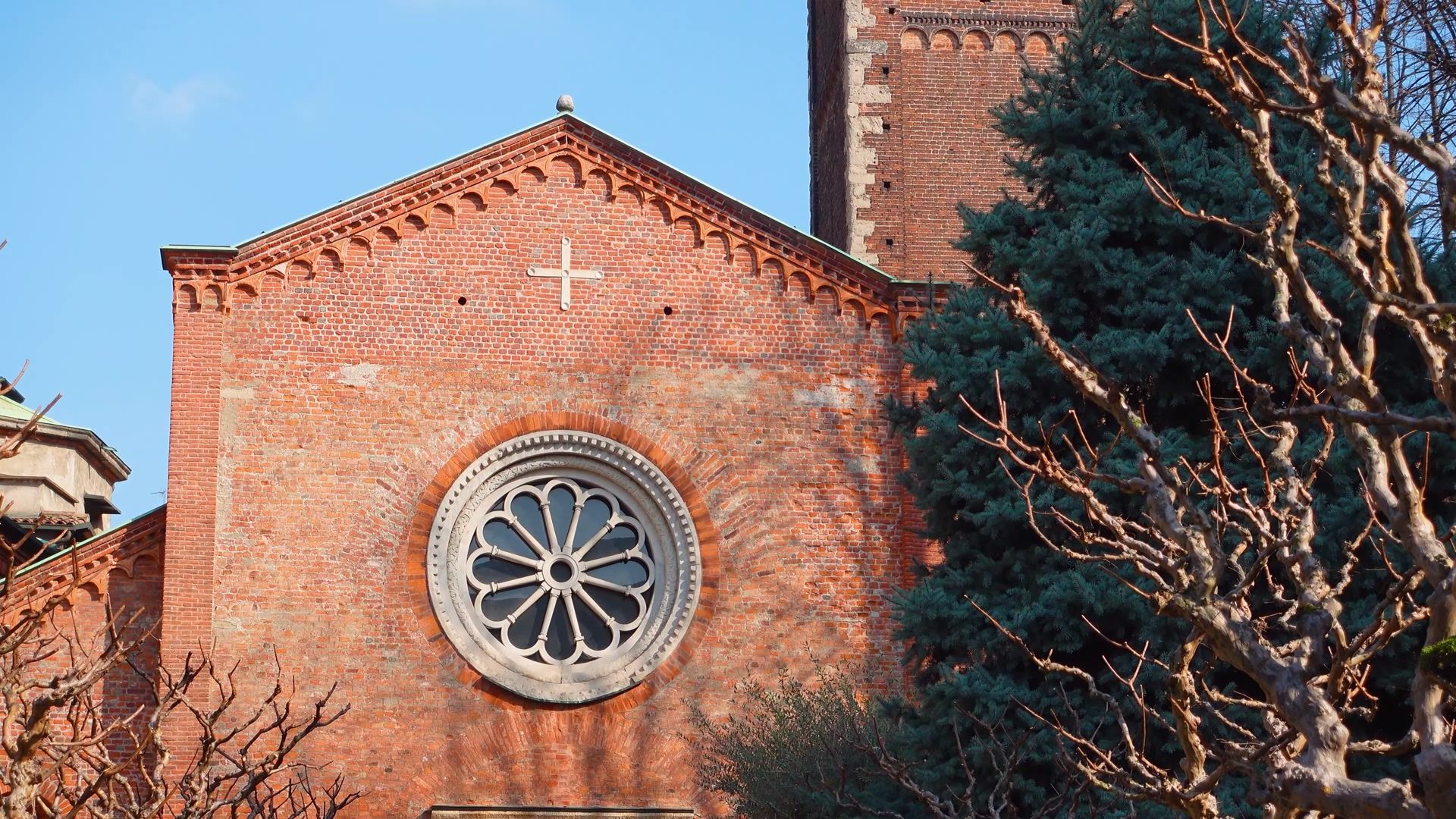
Where we stand today, outside the city’s ancient fortress walls, Ambrose, already an old man, loved to walk in these gardens. In 395 the bishop had a vision that led him to initiate a small excavation. He discovered two headless bodies, which seemed remarkably fresh and unspoiled, with blood still visible. Ambrose recognized these as the bodies of two great martyrs – Nazarius and Celsus. Nazarius’s body was moved to a place closer to the Roman city gates and a basilica was built in his honor. On the site where the remains were discovered, Ambrose ordered the construction of a basilica in honor of Celsus.

The lines of the original basilica can still be seen in the arches of the courtyard wall. In addition to the Roman artifacts discovered during excavations, the reliefs and tombs of the 4th-5th century Christian cemetery are preserved here. In the 11th century, the church was largely rebuilt and in the 15th century, during the Renaissance, the nearby Santa Maria dei Miracoli church began to be constructed in the Italian Mannerist style, which also influenced the façade of our ancient church.
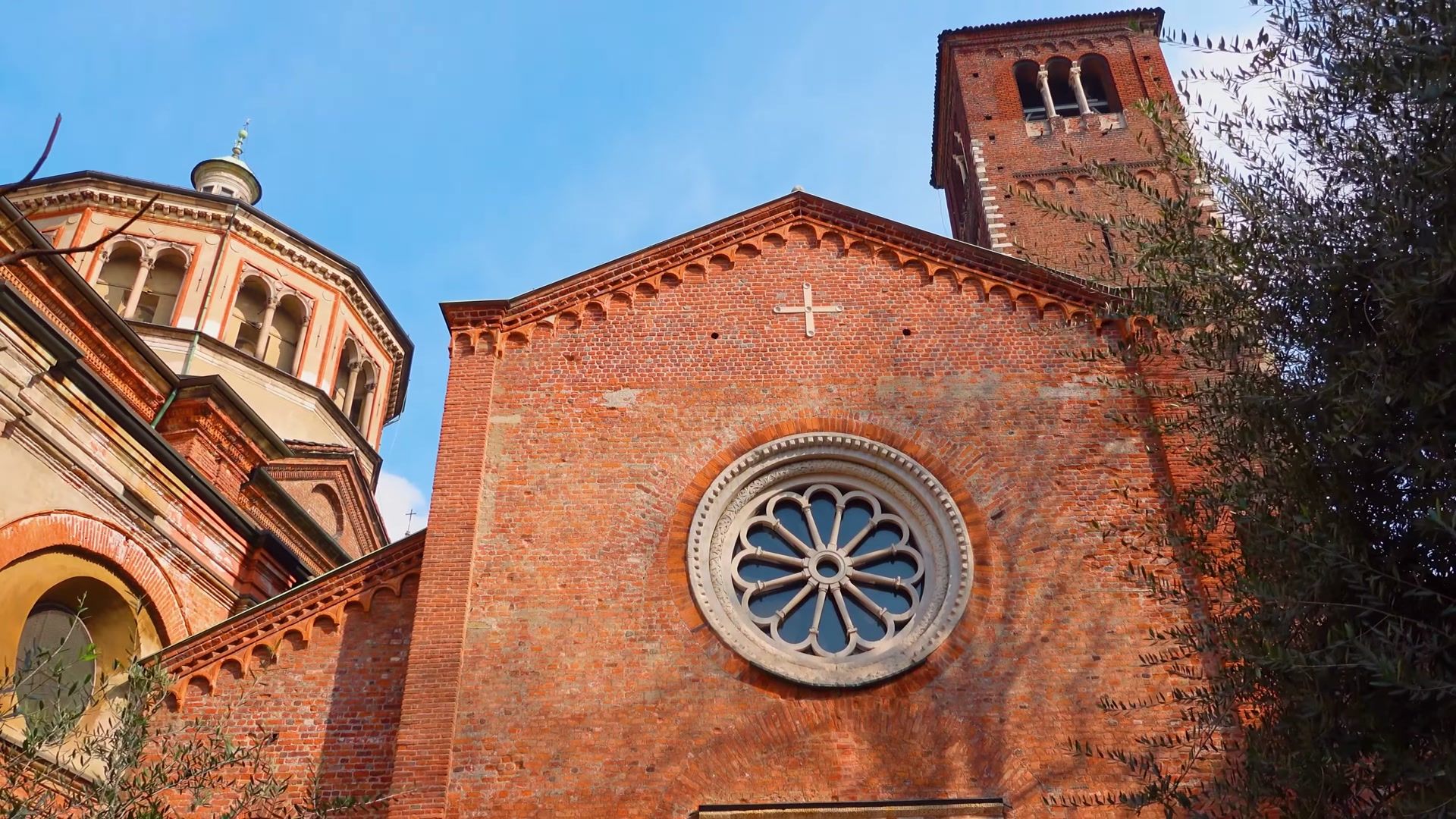
Now you can imagine the entire complex of that period by looking at the details of the striking white Carrara marble façade. Unfortunately, in the 19th century, in order to give the basilica a more harmonious neo-Romanesque style, the façade and two naves of St. Celsus’s old church were demolished. However, the bell tower from Ambrose’s time, with minor modifications, has survived to this day and can be climbed with a guided tour. By the way, it’s the oldest bell tower still standing in Milan. The church’s exterior apse also dates back to antiquity.
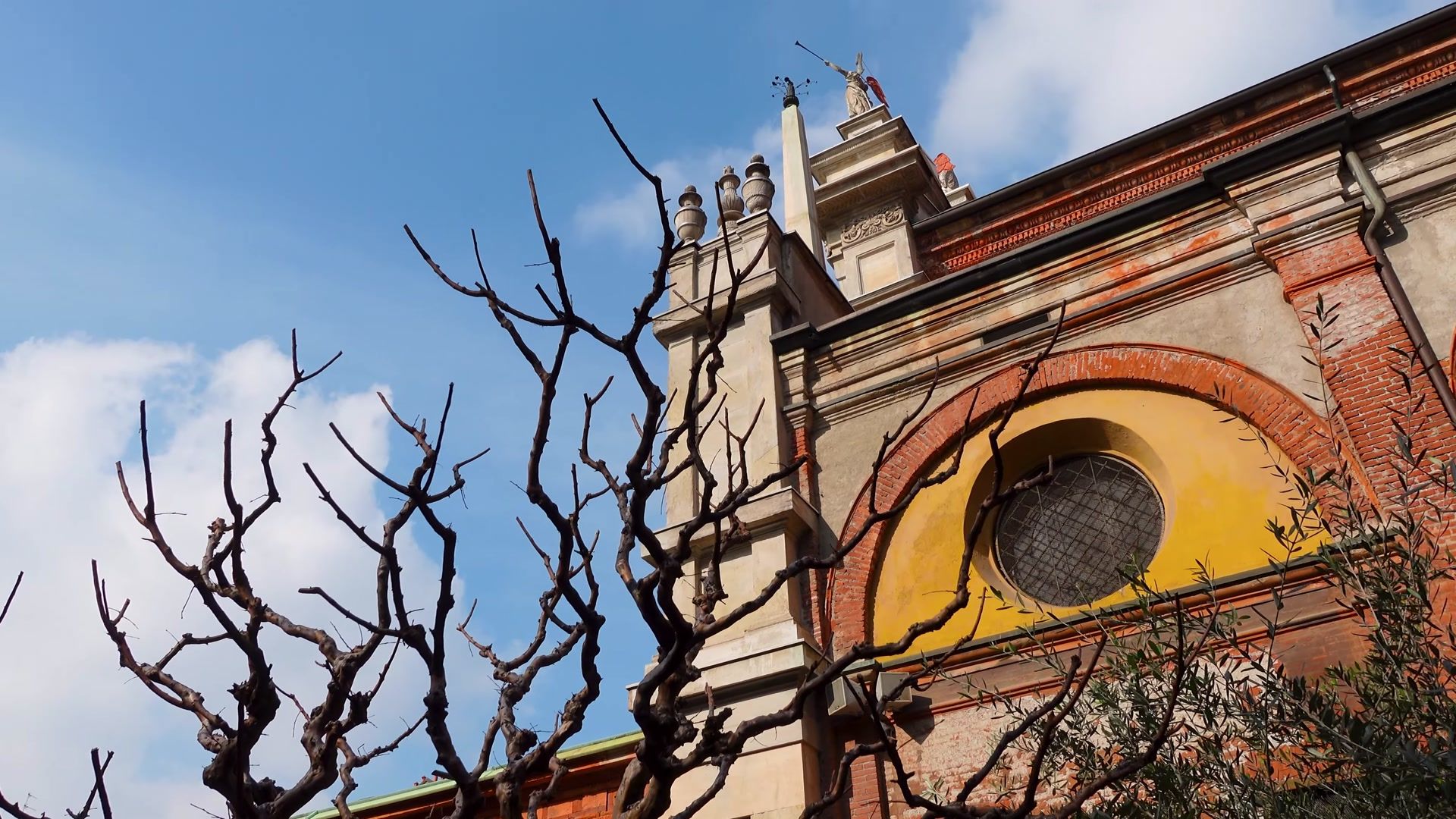
Today to see it, you need to walk around the whole block and visit another small park. This is a garden behind two churches where you can see the oldest parts of the buildings, shaded by flowering trees. I came back and eventually, I looked inside.
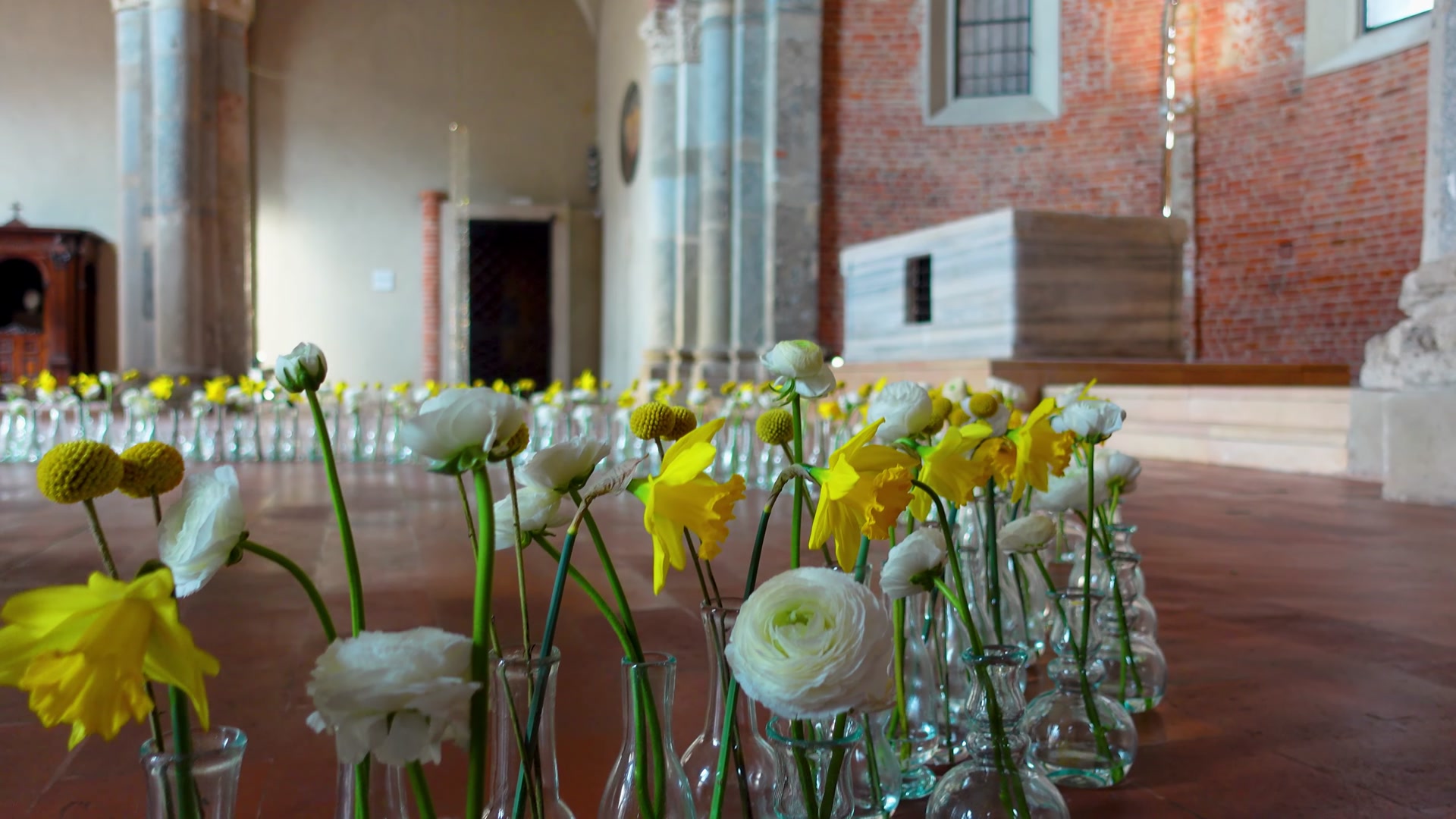
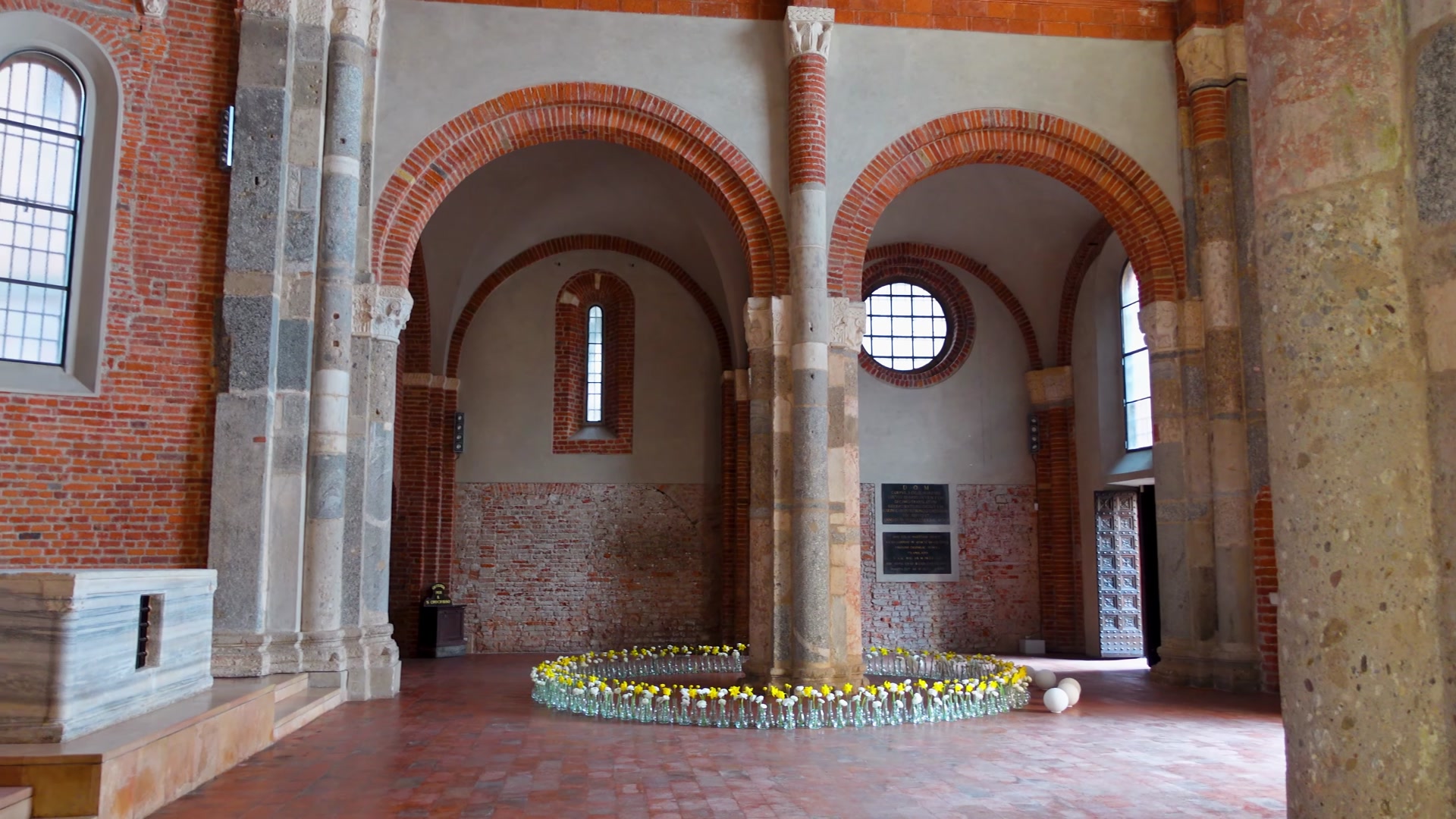
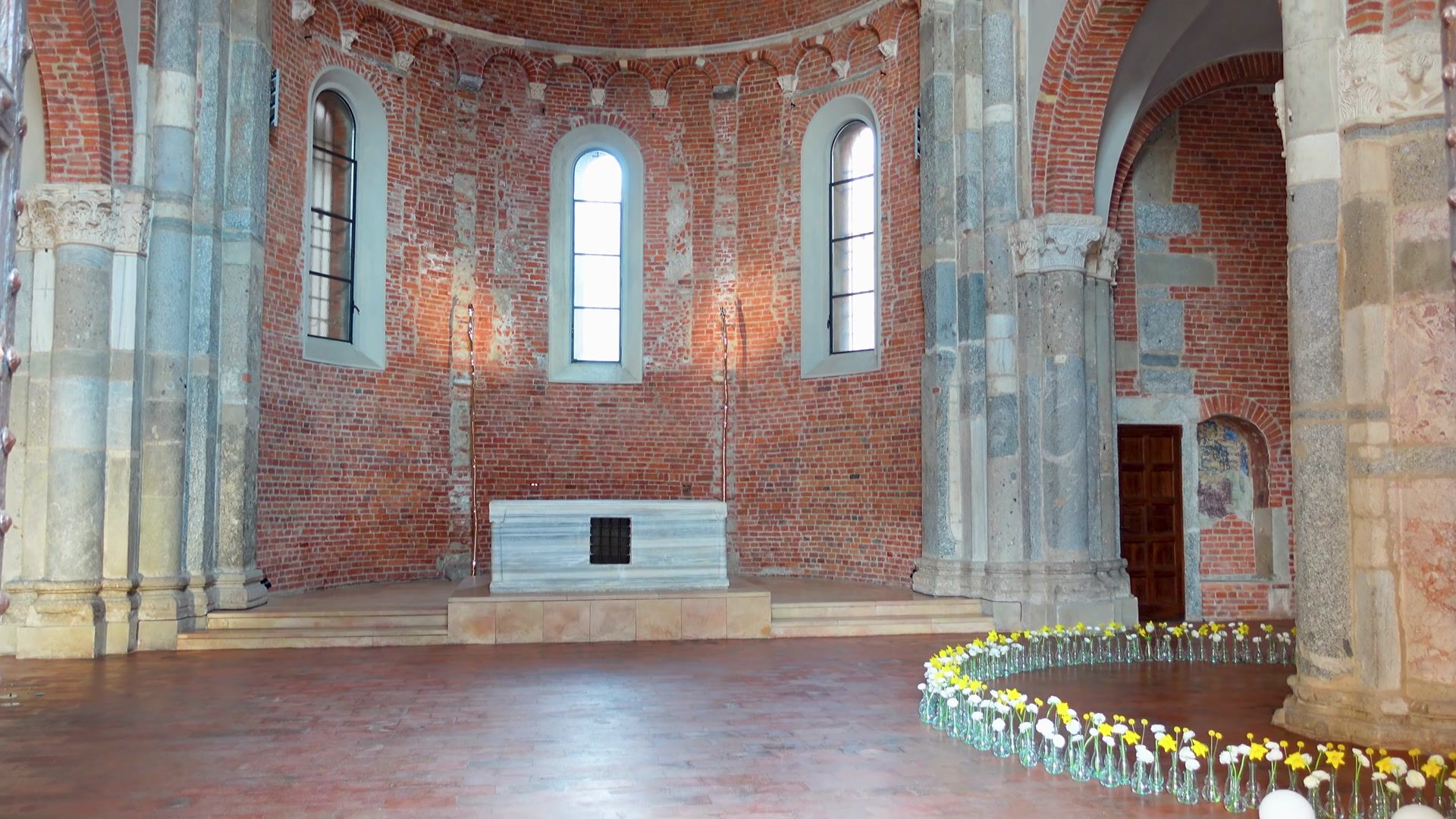

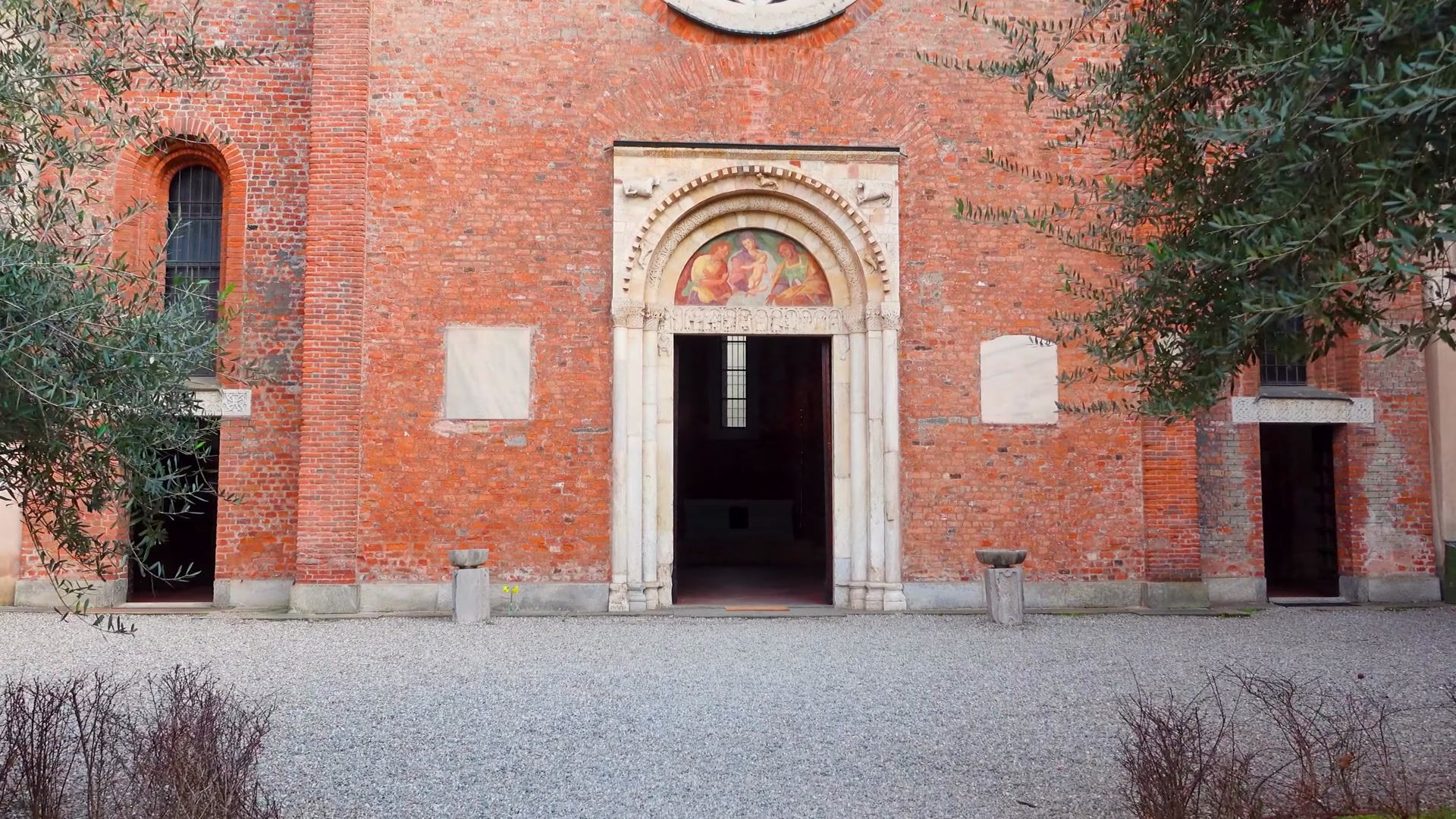
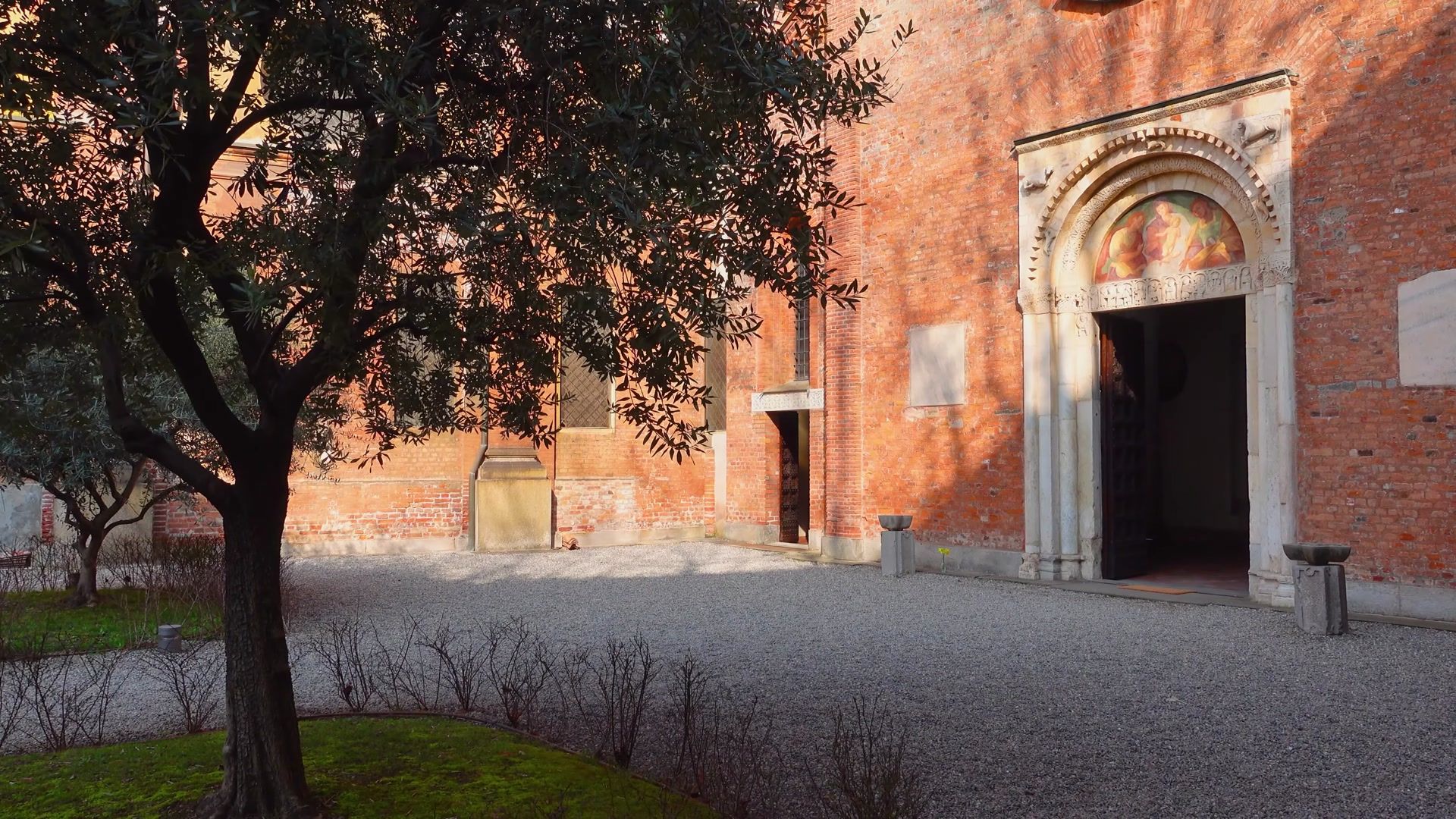
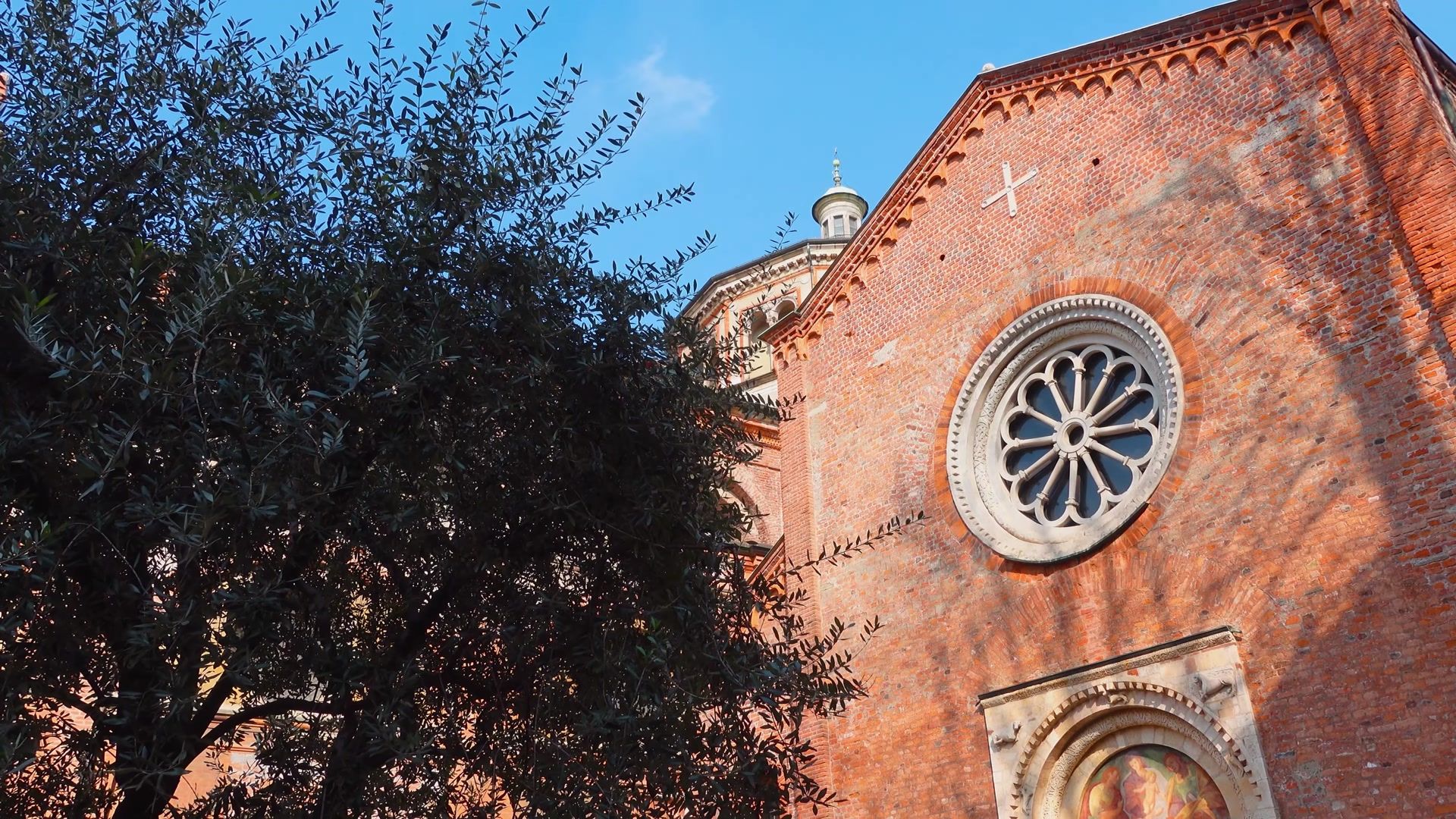
Since the 1950s the St. Celsus Basilica has served as an art space for contemporary artists. Here beneath the stone vaults, there is now an installation by the artist Nina Karini. This exhibit "Apercues" or "Vision" revolves around themes of fragility and loss, connected to the fragility of everything around us. When you think about it, this theme resonates with the entire history and transformations of the basilica.
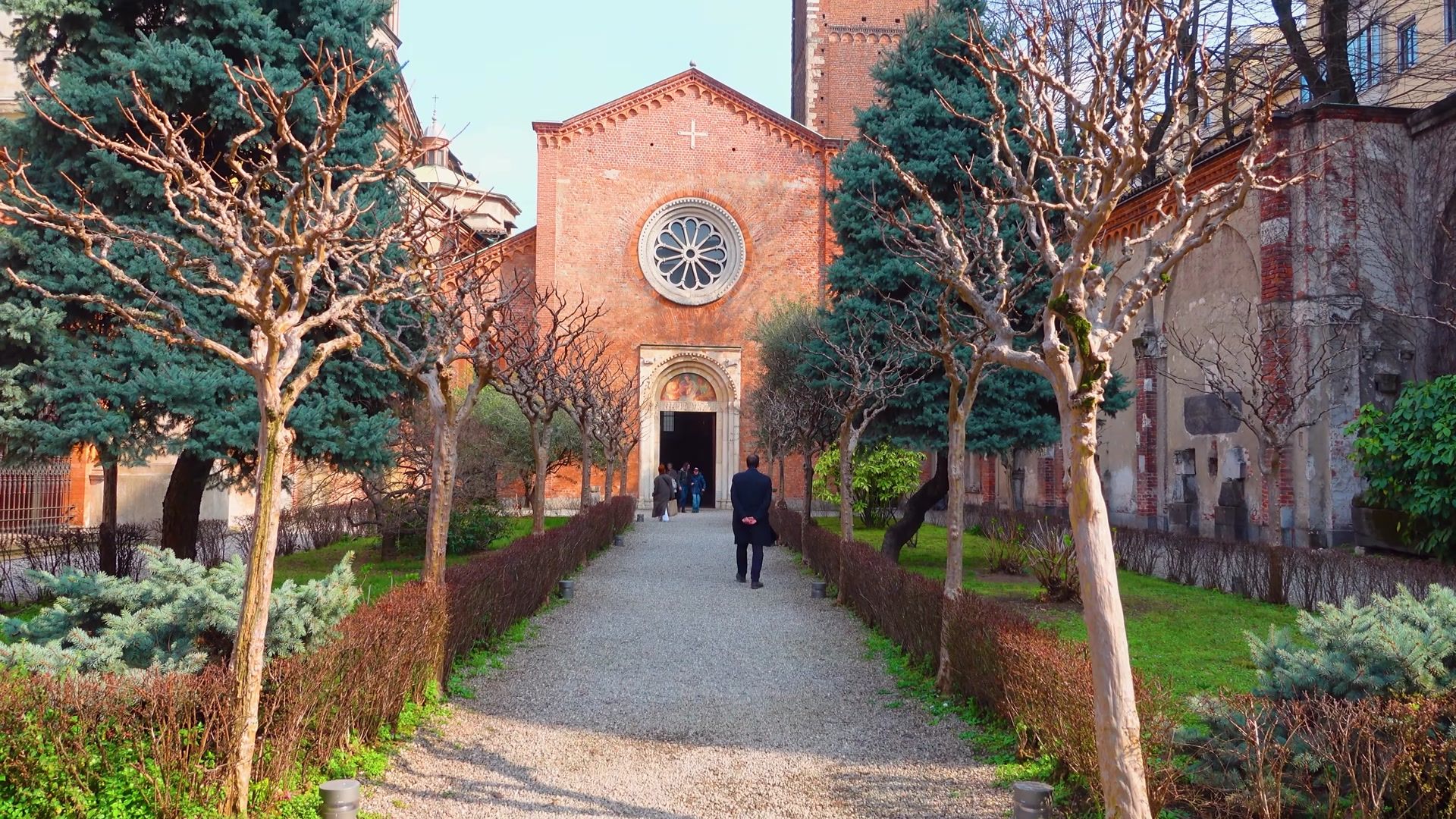
The total area of the basilica today is about one-third of its original size. The original columns are decorated with ancient carved capitals and in the center, there is a marble altar where the remains of St. Celsus were kept for centuries. In the niche on the right, a 16th-century fresco of Madonna and Child has been preserved and on the left, there is a picturesque medallion from the same period, but in a completely different style.
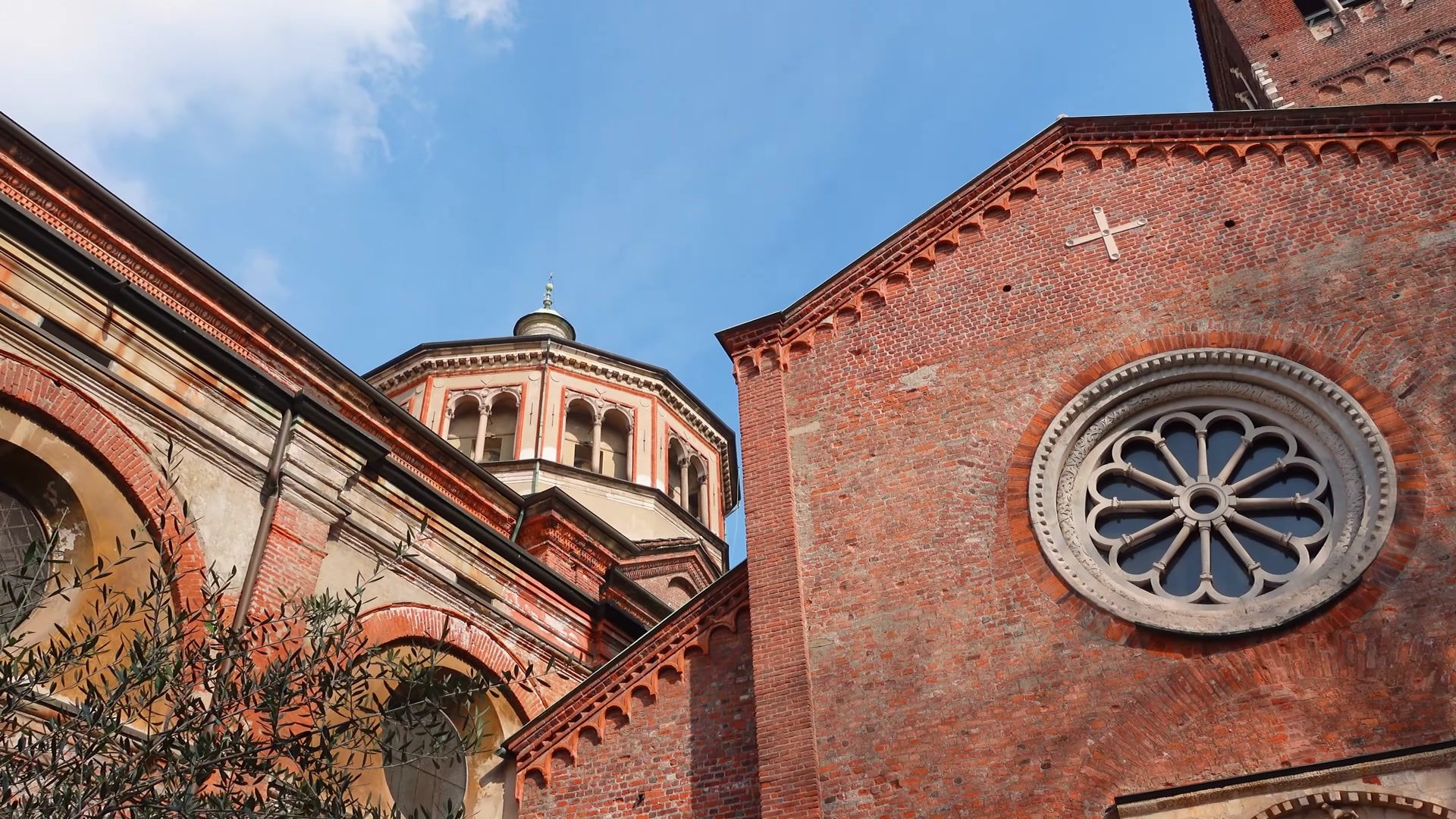
It should be noted that many churches in our area are dedicated to Nazarius and Celsus, but these saints were almost never found separately. Who were these two unfortunate souls? We need to go back several centuries. Let’s go to the 1st century ad. Nazarius was a Roman citizen and a disciple of Saint Peter. During the persecution of Christians, he fled Rome and traveled north to Lombardy, eventually preaching a new faith in Gaul. His sermons were likely quite fiery, because one of the matron women who embraced the faith decided to give her only son to Nazarius. Nazarius saw an angelic beginning in the 9-year-old child, baptized him and took him along as a companion. Their shared apostolate was marked by periodic arrests and ended in southern France, where the child was handed over to a pagan woman for re-education.
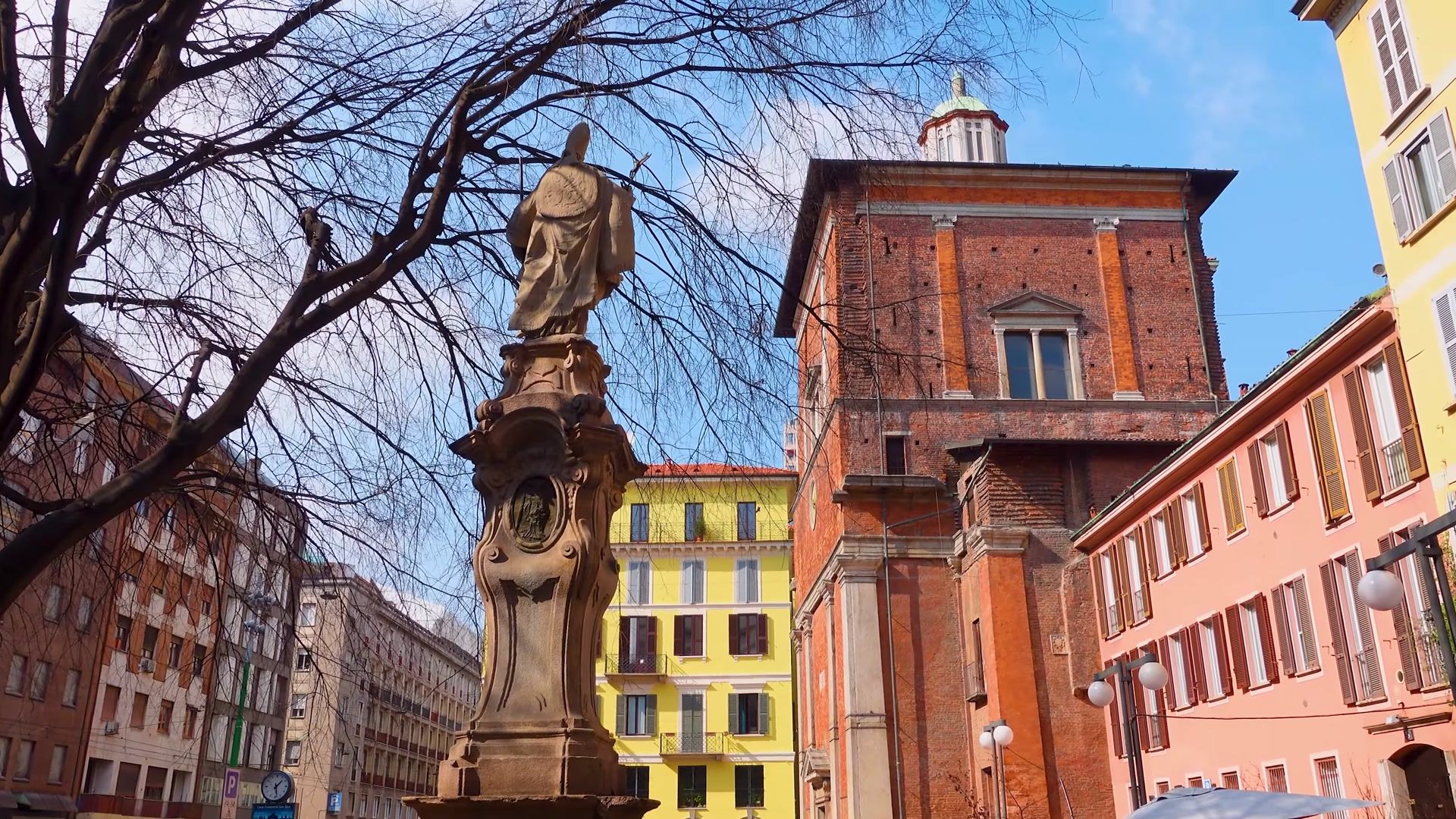
Nazarius was sent to Rome for trial. However, neither Celsus nor Nazarius renounced their faith. The angry emperor ordered the child to be brought to Rome and both were then taken to the sea and executed. They were thrown into the sea, but at the same time, a storm arose and Celsus and Nazarius began to walk on the water as if nothing had happened. Had they not made it back to Milan, the travels of Nazarius and his companion would have continued. Their active preaching angered the city governor and in AD 76, they were beheaded. Three and a half centuries later, Saint Ambrose discovered their bodies. We know this from the often unreliable biographies of Ambrose.

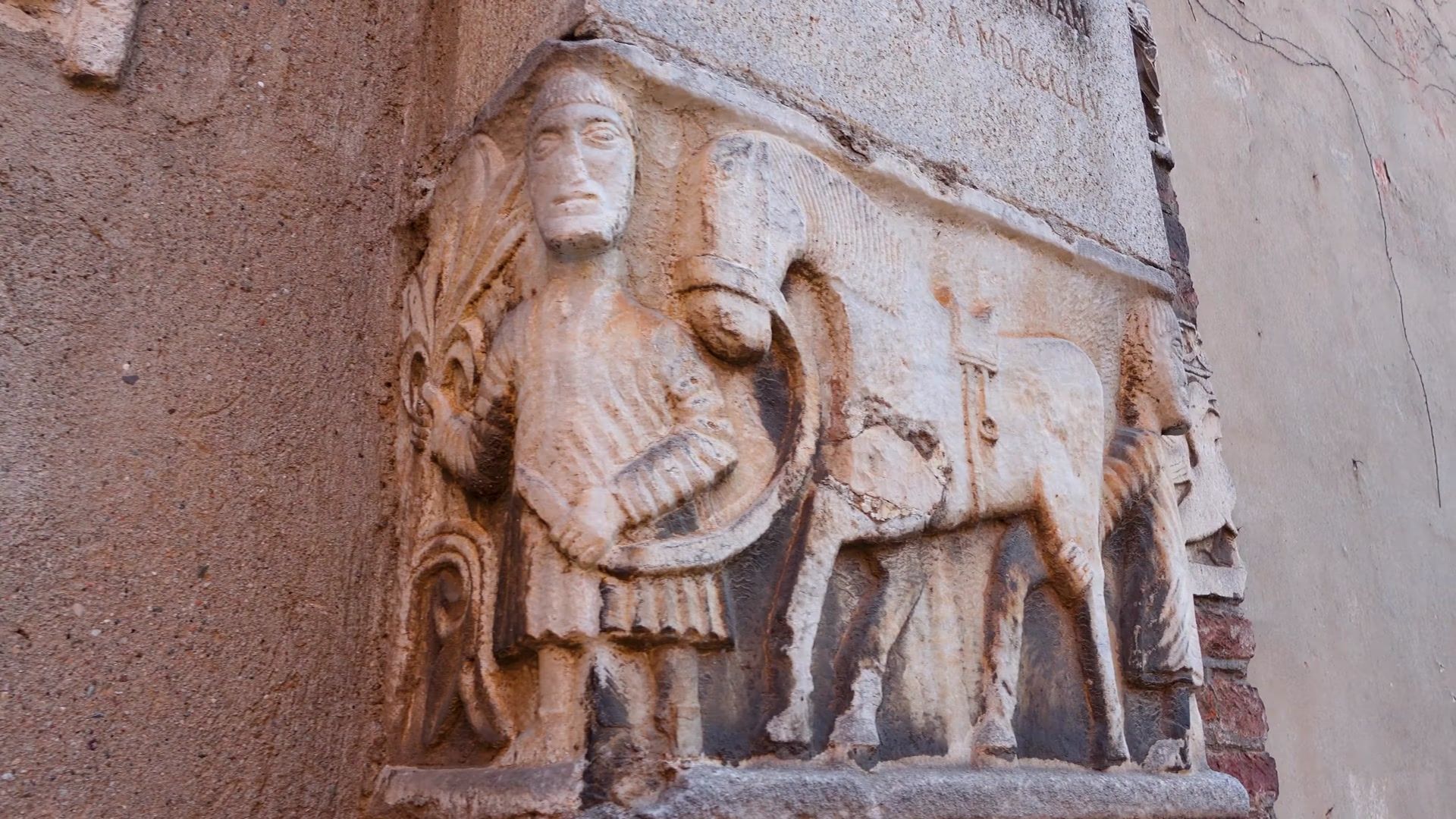
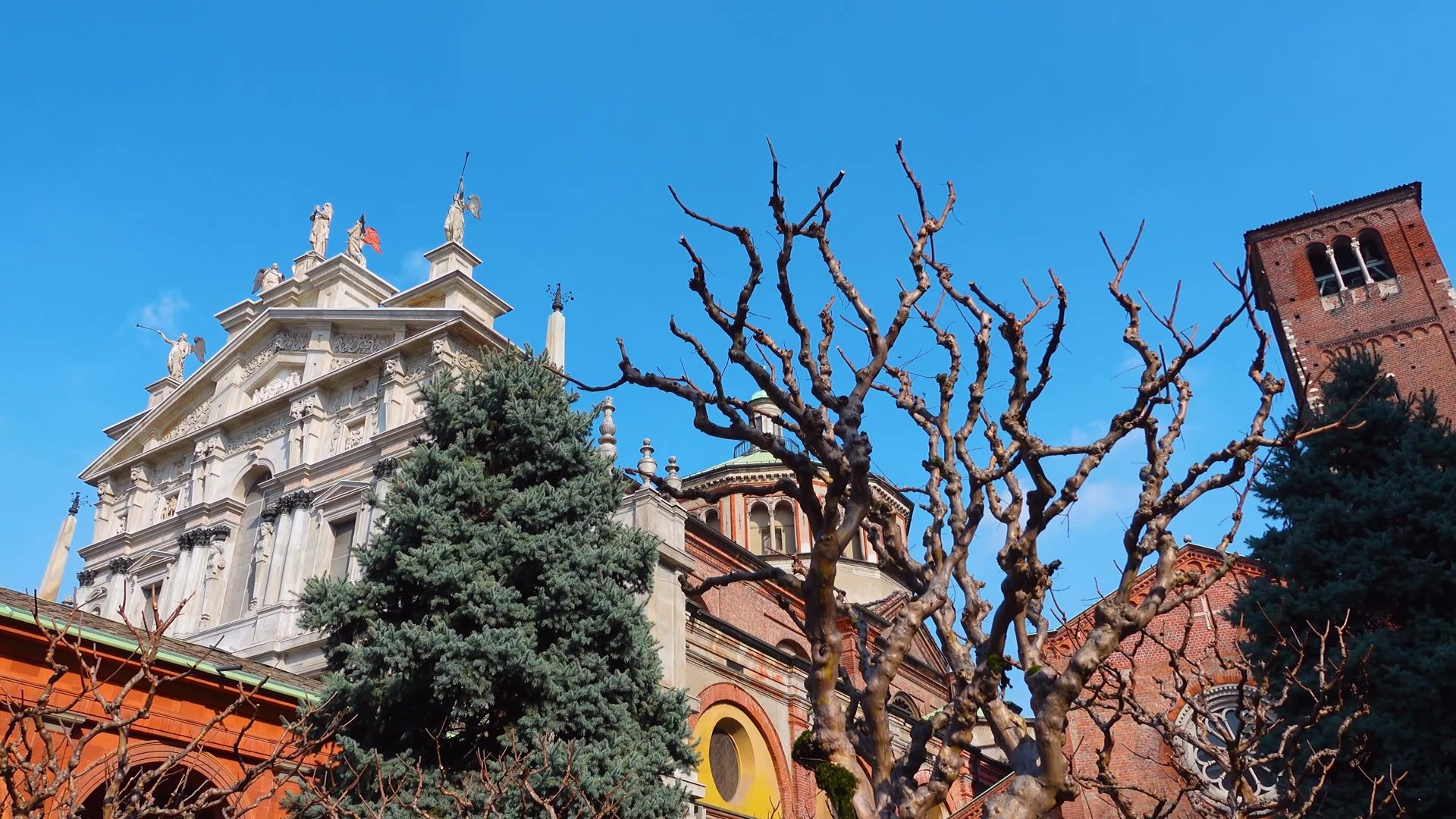
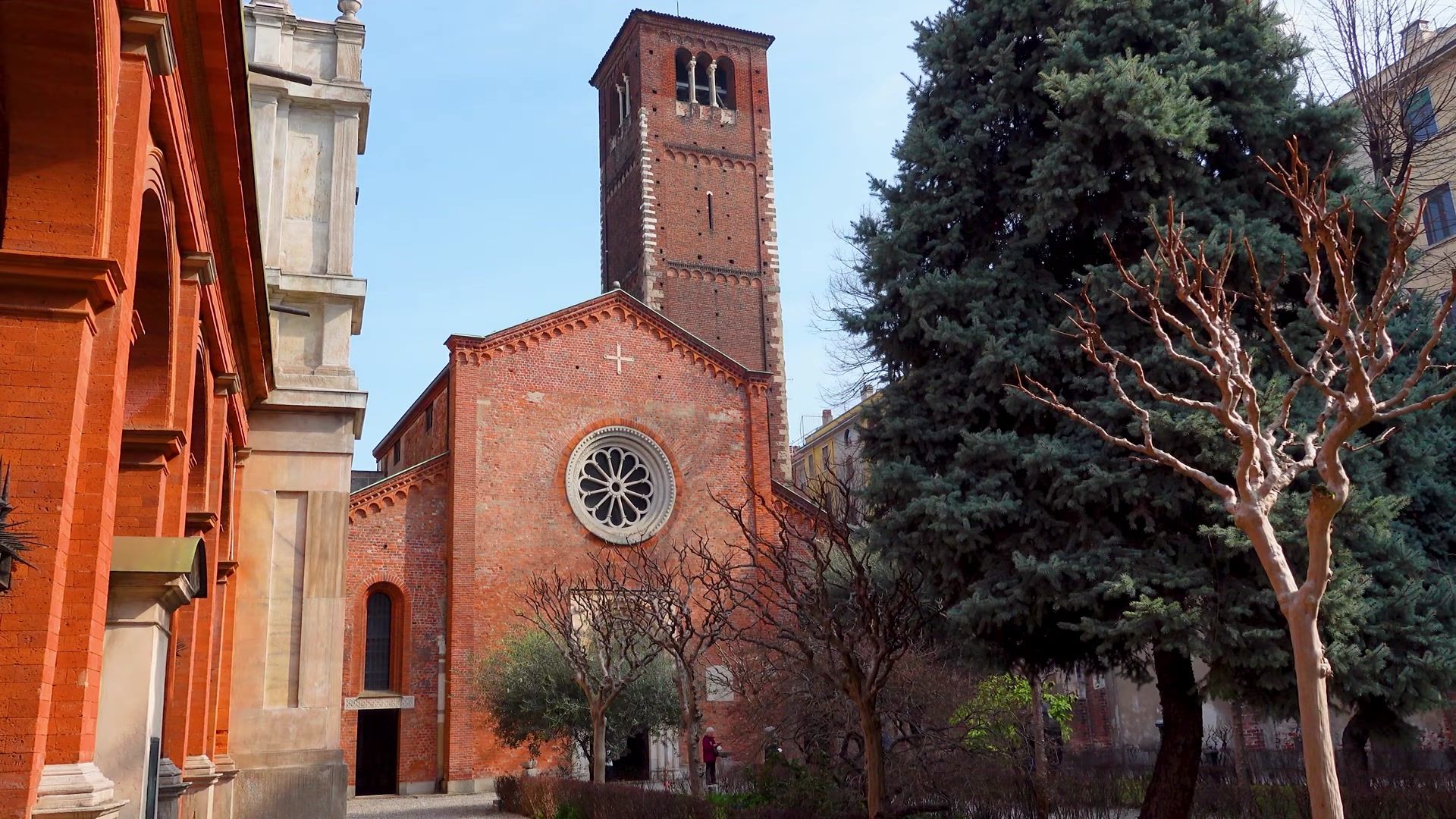

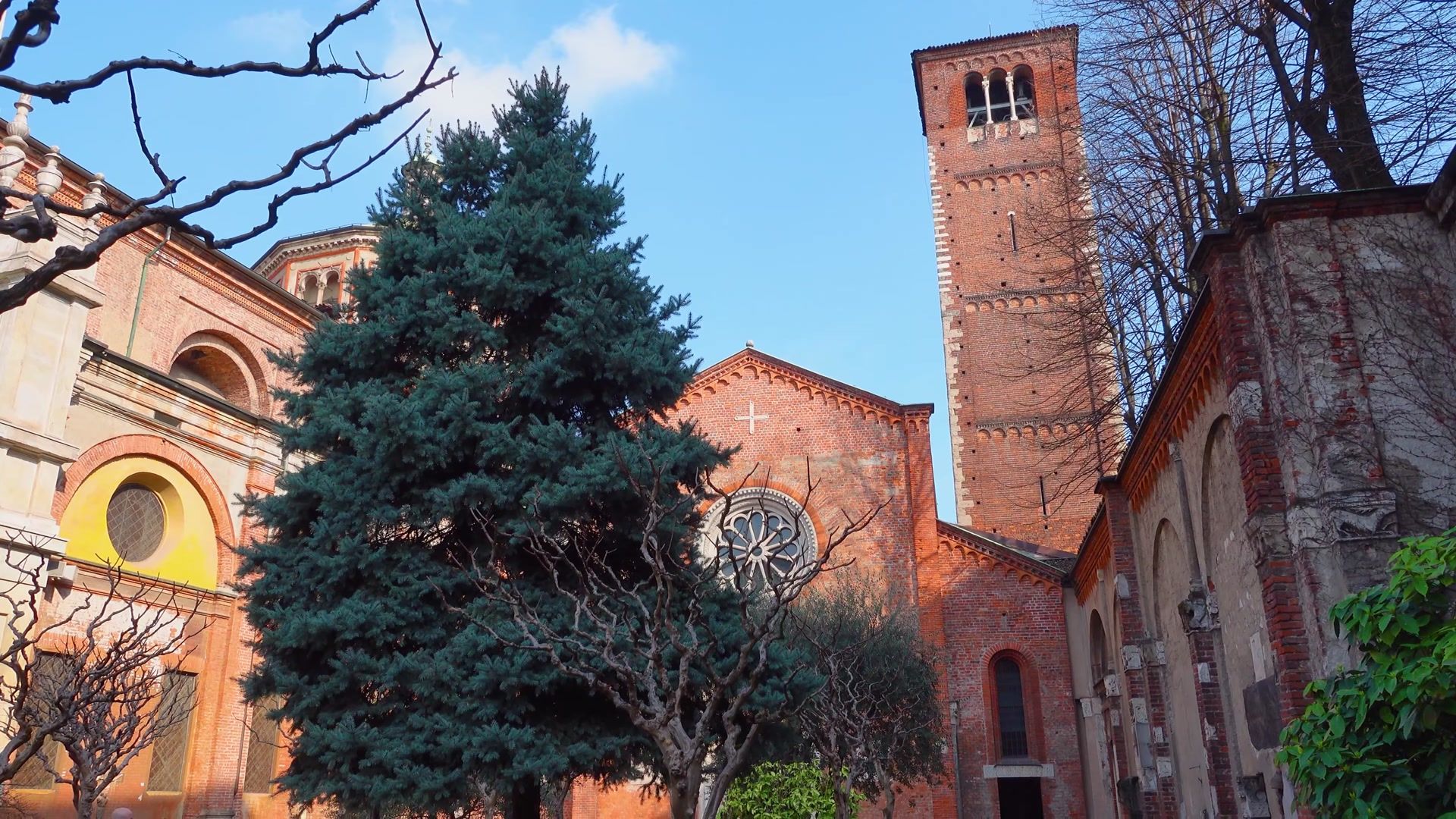
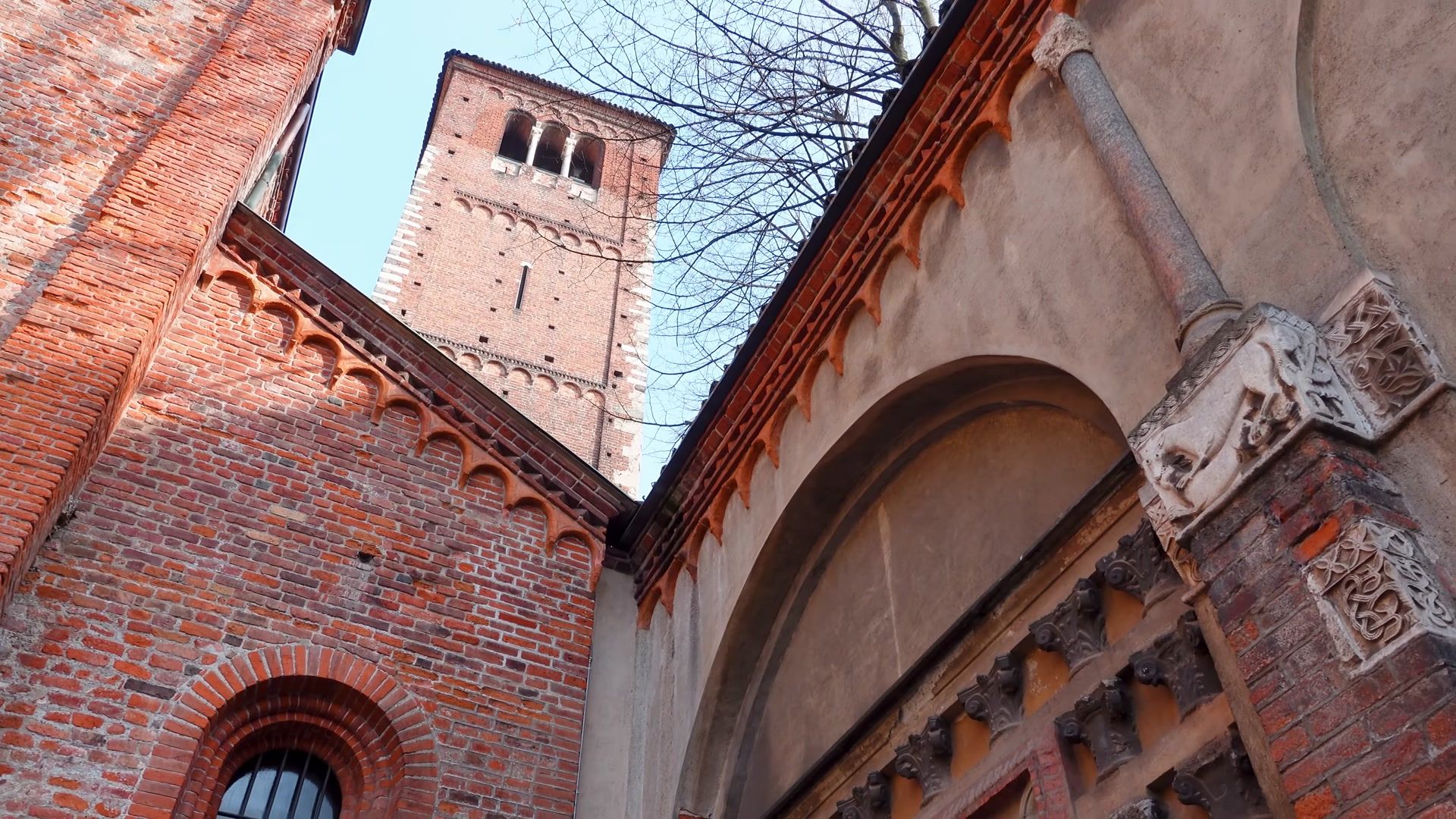
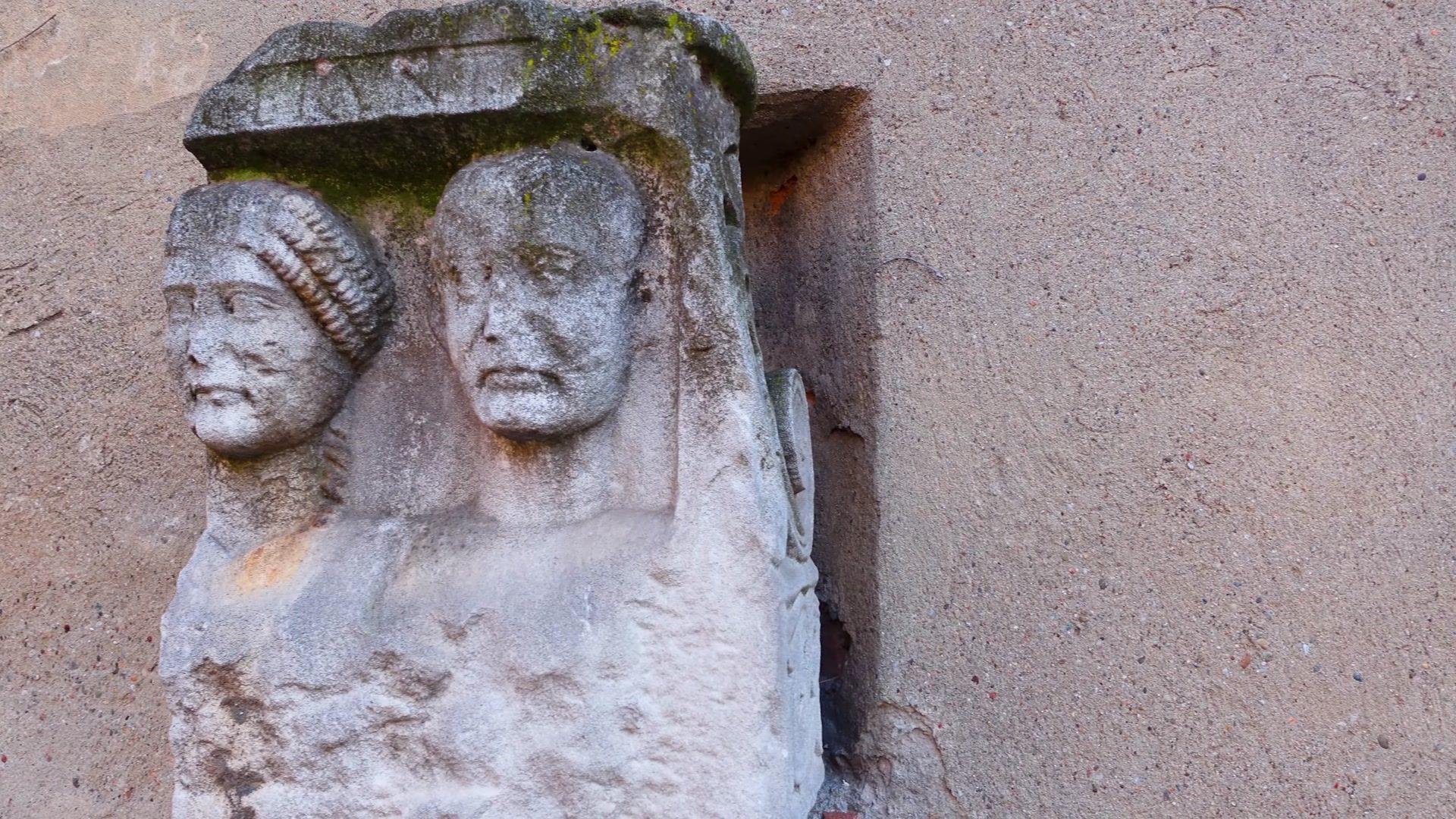
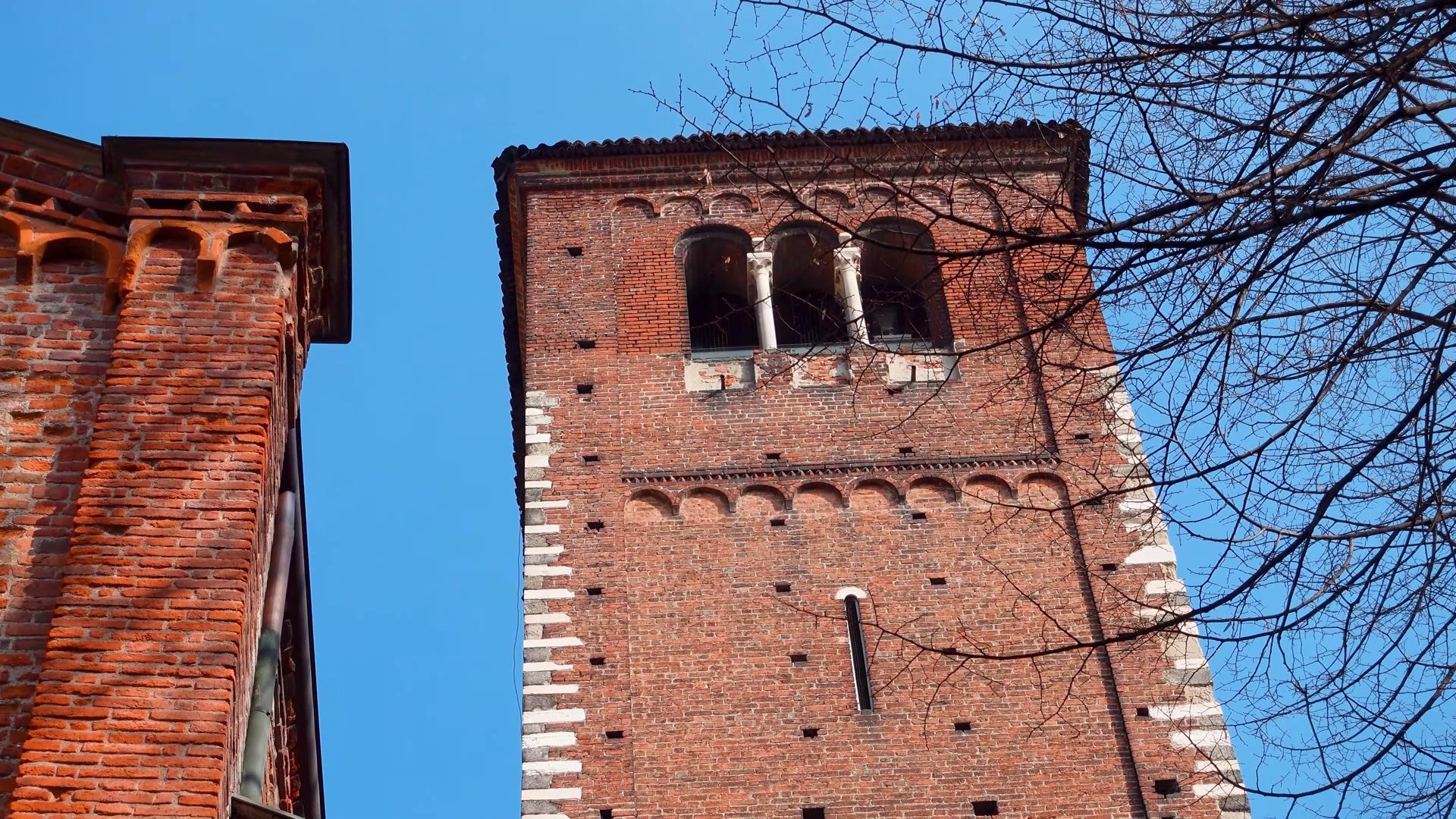
St. Celsus Church is a small gem of Milan, whether you want to climb Milan’s oldest medieval tower, experience modern art or simply enjoy the hydrangeas blooming against ancient walls.